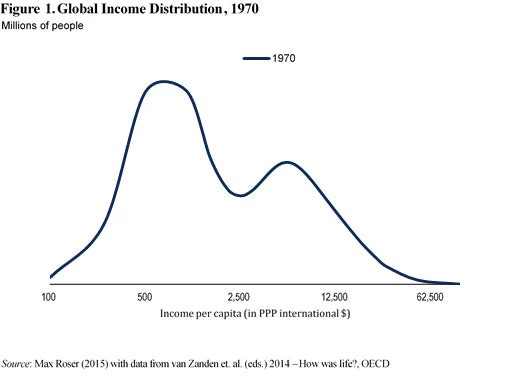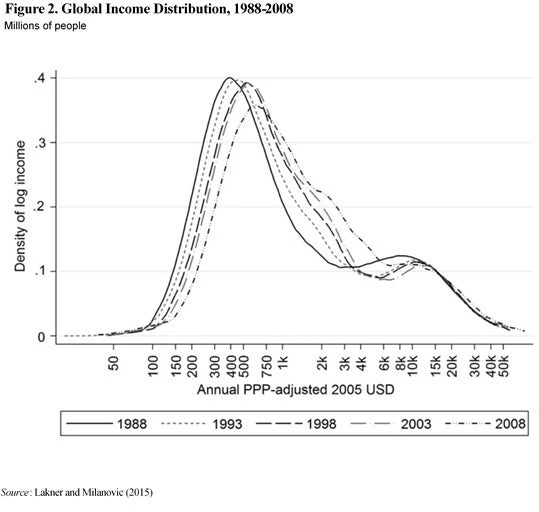

As a result, the emerging face of income inequality for the 21st century is one of coexisting discrepancies at the local level. For India, Jean Dreze and Amartya Sen’s (2011) essay describes the drastically uneven development progress achieved across its states, while Gangopadhyay et. al. (2010) document India´s pockets of poverty at the narrower district level.
Inequality at the local level is not limited to income. It extends to other aspects of human wellbeing and exists in all countries. Homeless people living by the side of modern highways are common sights in metropolises from Tokyo to Mumbai to Sao Paolo. Life expectancy in the poorest neighborhoods of Baltimore is below 69 years, the same as in in Iraq. Similar examples of coexisting unequal development outcomes are evident in Nogales, Arizona and Nogales, Sonora, spotlighted in Acemoglu and Robinson (2013) as an example of drastically unequal economic development.
The new face of inequality requires active and comprehensive combination of social and growth enhancing policies that target the bottom quintiles of the income distribution more than ever. Governments must not sit back and rely on economic growth alone to transform the living conditions of the underprivileged. In Dreze and Sen’s words, policymakers must look for comprehensiveness in social policy, in particular. Successful conditional cash transfer programs, for example, must be accompanied by other well-targeted social programs and universalistic policies that ensure local provision of good-quality essential services and other public goods (roads, electricity, drinking wager, public transport). Building an infrastructure for collecting data is another important part of understanding and addressing local inequality. Efforts to promote open use of data that is extensive, detailed, and periodically updated are an important part of this job.



Join the Conversation